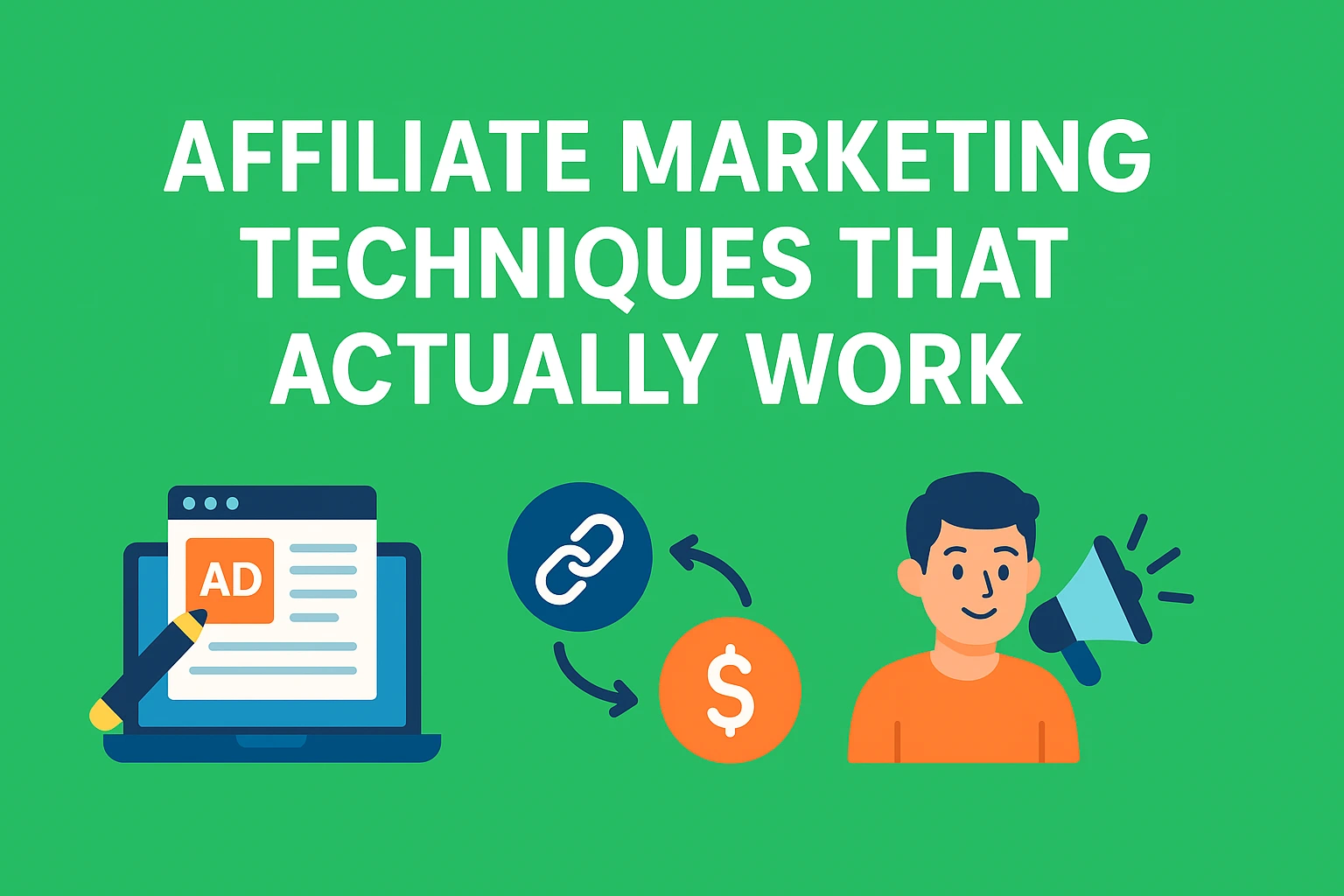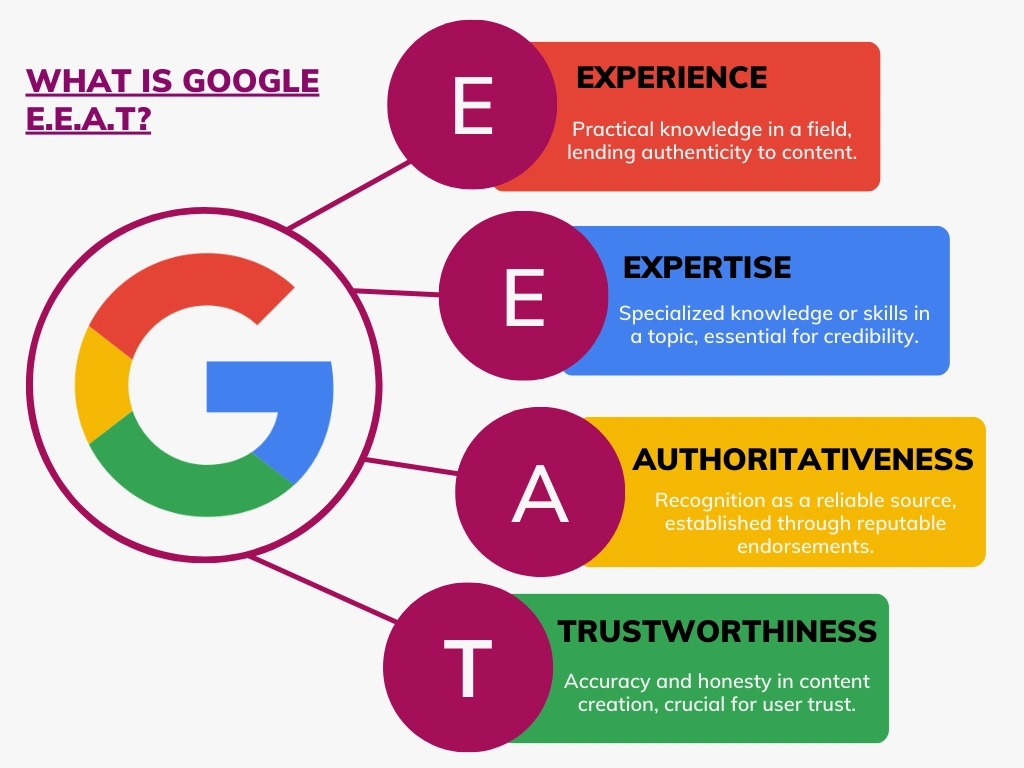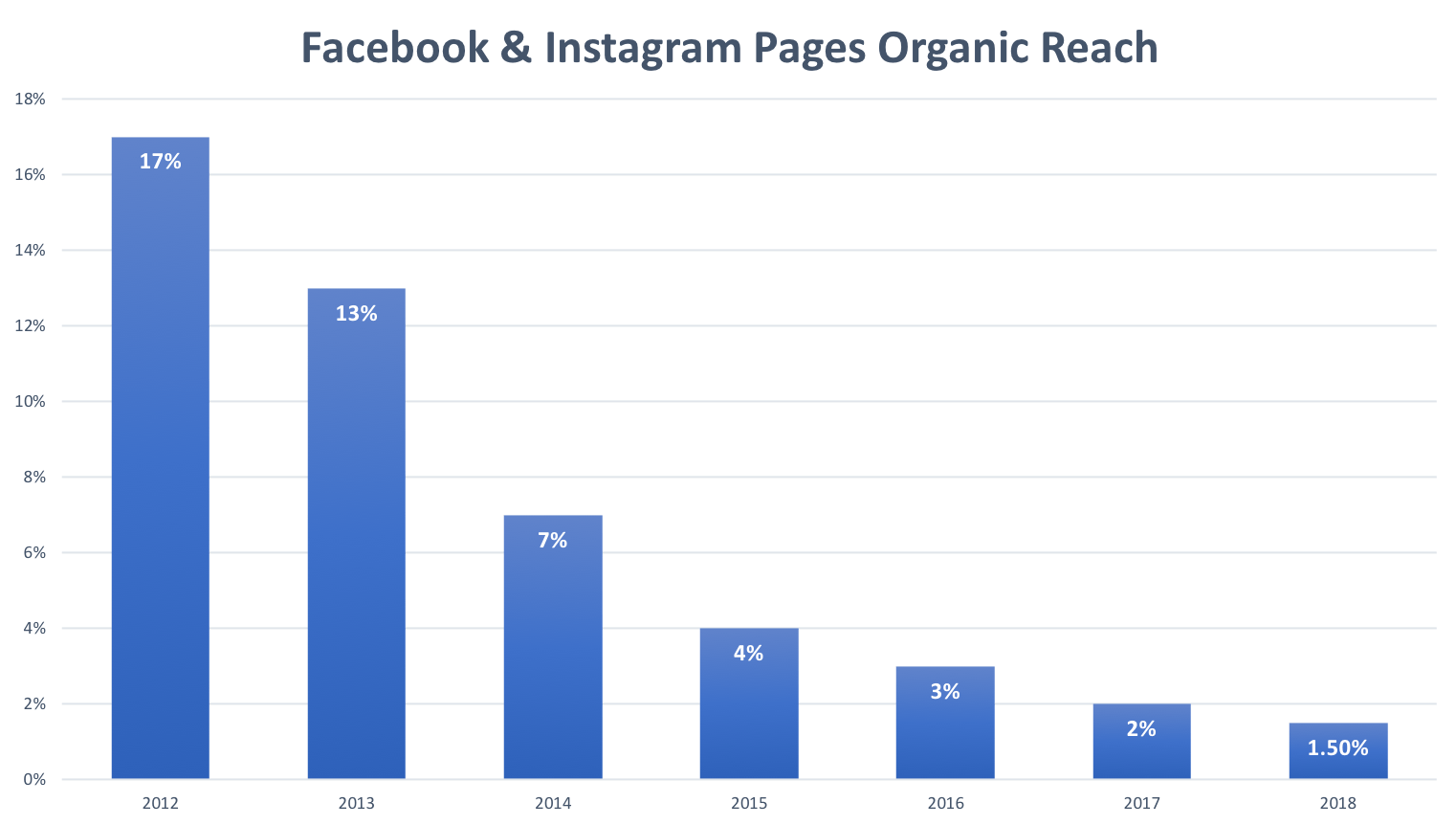Affiliate Marketing Techniques That Actually Work in 2025 (And the Ones That Don’t)
Discover proven affiliate marketing techniques that work now and the outdated ones you should skip to get real results faster.

After 6+ years in the game, I’ve seen what gets click and what burns time. I’ve tested stuff that promised overnight commissions. I’ve followed “expert” tips that sounded smart but flopped in real life. And I’ve spent way too many nights staring at analytics, wondering why traffic wasn’t turning into sales.
If you’re reading this, you’ve probably hit that same wall. Maybe your content’s getting views, but no one’s buying. Maybe you’re trying to follow advice from five different gurus and none of it’s clicking.
Most of what’s out there is either recycled, based on outdated case studies, or written by folks who haven’t made a dollar from affiliate marketing themselves.
That’s why I put together real affiliate marketing techniques that work today—plus a list of stuff that flat-out doesn’t. You’ll walk away knowing exactly what to cut and where to focus.
Let’s clean up the mess and get back to what works.
📌Key Takeaways:
- Affiliate marketing changed, what worked in 2020 won’t cut it in 2025.
- Techniques that build trust, not hype, are what convert now.
- Content that answers real questions beats keyword stuffing.
- Funnels with email follow-ups still crush one-time clicks.
- Short-form video and UGC make products feel real to your audience.
- Track everything. Don’t just trust what feels right.
- Drop what doesn’t work fast and double down on what does.
What Changed in Affiliate Marketing (2023–2025)
Affiliate marketing didn’t just “evolve.” It flipped. If your strategy still depends on pumping out content daily, stuffing in affiliate links, or chasing trends without substance—it’s probably already tanking.
Here’s why:
1. Google’s EEAT Guidelines Now Decide Who Wins

Google made it loud and clear: they want content written by real people with real experience.
Their EEAT system: Expertise, Experience, Authority, Trust is now baked into how content ranks. So if you’re dropping listicles with zero firsthand knowledge, don’t expect them to show up on page one.
This hits affiliate marketers the hardest. If you’re not showing your experience with the product or niche, Google treats your post like fluff.
You need to demonstrate that you’ve used the product, know the niche, and care about the outcome.
2. Helpful Content Wins, AI-Filler Gets Buried
The Helpful Content Update isn’t just some minor tweak to Google’s algorithm. It’s a direct move against the bloated junk that’s cluttered the search results: AI-spun garbage, keyword-stuffed posts, or content that reads like it was written for bots, not people.
This update asks a simple question:
Is your content created to help real humans or just to chase search traffic? If your answer leans toward traffic hacks, you’re probably already feeling the drop.
Google now favors content that’s focused, honest, and actually useful. Shallow posts, recycled info, or content that bounces readers right back to the search results gets buried or deindexed.
The good news? Real value finally wins.
Tutorials, reviews, walkthroughs, or even opinion pieces as long as they teach, solve, or genuinely help. Google wants that at the top. It’s no longer about “how many articles,” but “how helpful is this one article?”
Helpful Content Update: Do’s and Don’ts
| Do This | Don’t Do This |
|---|---|
| Useful: Create content that helps your target audience. | Only for SE clicks: Don’t write just to get clicks from Google. |
| Knowledgeable: Share depth and real knowledge in your content. | Many topics: Avoid covering random topics outside your niche. |
| Purpose: Every post should support your site’s goal or intent. | Automated: Don’t auto-generate low-effort posts on random topics. |
| Inform: Help people learn something new or answer a real question. | Irrelevant: Skip content that doesn’t match your audience’s needs. |
| Satisfy: Your content should feel complete and helpful. | Uneducated: Don’t write about topics you have no real experience with. |
| Best practices: Follow SEO basics and Google’s official content rules. | Clickbait: Never mislead or skip the answers you promise. |
Takeaway: Forget shortcuts. If your blog or site doesn’t offer depth, clear answers, or value—it’s done. But if you know your niche and actually help people with every post, this update works in your favor.
Recommended Reading: Why Valuable Content Wins in Affiliate Marketing (And How to Create It) – It walks through the same principles in an affiliate context.
3. Social Media Reach Has Dropped
For example, just look at the chart below. Facebook and Instagram search reach has been tanking, and it’s not the only one. Organic visibility on Twitter (now X) and even TikTok isn’t what it used to be either.

What once pulled in 1,000 views now struggles to hit 100 unless you go viral or throw money at boosts. On top of that, platforms are getting stricter with affiliate links. Your posts get flagged or throttled the moment you drop a direct link.
That shift has forced smart affiliates to focus less on chasing views and more on building something lasting like email lists and content-driven funnels outside social apps.
It’s not about being seen. It’s about building trust, owning your traffic, and having a real follow-up system that doesn’t depend on the whims of an algorithm.
4. People Want Depth, Not Fluff
Let’s be honest: most people can spot affiliate content from a mile away. And they’re sick of it—especially when it feels like the only goal is to get them to click a link.
In 2025, real value wins.
Readers want to know:
- Why this product worked for you
- What you liked and what you didn’t
- If it’s worth their money compared to others
Reviews that walk through features, pros, cons, and results? They convert. Generic copy-paste junk? Dead.
Recommended Reading: How to Create Affiliate Content That Ranks And Converts
5. Less Focus on Volume, More on Fit
Posting every day used to be the advice. Now, it’s better to post once a week—if that post is useful, unique, and tailored to your niche.
Quality content that matches your audience’s intent will outperform 20 random posts that chase trends. Your job isn’t to flood the feed—it’s to speak directly to the people who trust you.
That means fewer mass tactics and more focused, personal strategies that fit your style and your niche.
To sum it up:
The affiliate space in 2025 belongs to those who focus on realness, relevance, and helpfulness.
If your content answers questions, solves problems, and shows actual experience—you’re ahead of 90% of the field.
Read Also: What 85% of Successful Affiliates Do Differently (And How You Can Join Them)
Techniques That Actually Work in 2025
The old tricks don’t cut it. Slapping affiliate links into blog posts, spamming social, or copying someone else’s strategy just wastes your time.
Here’s what’s actually driving clicks, trust, and sales this year—tested, real, and working right now:
(a) Using Zero-Click Content on Social Media
People are tired of being baited with “link in bio” posts. Zero-click content rewrites the playbook. You deliver all the value upfront, right there in the feed—no extra clicks needed.
Examples:
- Short carousel breaking down the 3 best AI tools for content creators
- A story post that walks through how you made your first $500 with a product (no CTA, just value)
Why it works: It builds trust. No pitch. No chase. Just help. People remember you—and later, when they do want more, they’ll click without hesitation.
(b) SEO-Driven Content Hubs Around Low-Competition Keywords
Forget chasing the big stuff like “best VPN.” That’s a fight you won’t win.
Instead, focus on building small but powerful content hubs around long-tail keywords. These are the low-competition phrases that big sites often overlook because they’re chasing volume.
A tool like KWFinder makes it easy to uncover those hidden gems—terms with solid intent and just enough traffic to matter. That’s where smaller sites can actually win.
Think:
- “VPNs that work with school Wi-Fi in 2025”
- “Best AI resume builders for designers”
Each post supports the others and links to your key money page. Google sees topical depth. You build topical authority fast.
(c) Funnel-Based Campaigns with Email Follow-Ups
People rarely buy on the first click. Especially from someone they just found. That’s where a simple funnel changes everything.
Structure:
- Lead magnet (toolkits, checklists, swipe files)
- Automated welcome sequence
- Value-first email flow that blends story + pitch
It’s not about hard selling. It’s about drip-feeding trust until they’re ready to buy.
(d) High-Converting Review + Tutorial Hybrids
Nobody wants a dry product review anymore. They want proof it works.
Blend your review with a tutorial:
- “I tested this AI email tool—here’s how I used it to write 5 emails in 10 minutes”
- “This is the affiliate dashboard, here’s what it pays, and here’s how I made it work in my niche”
Walk them through it. Show your screen. Use it like they would. It’s not just convincing—it’s useful.
(e) Building Trust Through Short-Form Video Testimonials
Raw, unpolished testimonials work because they’re real. No polished lighting. No perfect lines. Just someone, probably in a hoodie, talking straight to their phone about how something actually helped.
You can spot the honesty, and that’s what makes people stop scrolling and actually listen.
You can:
- Record your own
- Ask buyers to send theirs
- Use these clips on landing pages, in reels, or inside emails
In 10–30 seconds, these videos do what a 1,000-word post can’t build belief.
(f) Repurposing UGC as Soft Affiliate Pitches
User-generated content (UGC) is everywhere. Especially on Reddit, TikTok, and YouTube comments.
You can:
- Screenshot real feedback and plug it into your blog post
- Turn a Reddit thread into a “What people are saying” section
- Create a carousel showing different ways users apply the product
No hard pitch. Just social proof in motion.
(g) Private Affiliate Offers (and How to Find Them)
The best commissions aren’t public. They’re buried inside private communities, email invites, or direct outreach.
How to find them:
- Join affiliate-only Facebook groups
- DM product founders directly with proof of traffic or results
- Look for fast-growing tools on Product Hunt and pitch early access
These deals often have higher payouts, exclusive bonuses, and less competition. Worth digging for.
Techniques That Don’t Work Anymore
If you’re still doing these, stop. These tactics either burn trust, get penalized, or just don’t convert anymore. Time to cut the dead weight.
(a) Blindly Posting Amazon Links Everywhere
Amazon’s affiliate program is easy to join, but that’s where the benefits stop for most people.
Low commissions, shrinking cookie windows, and tons of rules make it hard to earn real money—unless you’ve got serious traffic and a tight niche.
If you’re just tossing Amazon links into blog posts, socials, or YouTube descriptions without a plan, you’re wasting time.
Want to learn how to actually make Amazon work for you?
Read this: What Is Amazon Affiliate Marketing? How It Works and How to Actually Make Money
I break it down with real examples and a smarter strategy.
(b) Ranking with AI-Spun Content
Google isn’t playing anymore. If your content reads like it was stitched together by ChatGPT and Grammarly, it’s toast.
Spun articles don’t rank. Worse, they kill your authority.
If your “review” reads like every other blog out there, users bounce—and your SEO tanks.
Instead, write with a voice. Add examples. Talk like a human. That’s what ranks now.
(c) Mass Spammy Backlinking
The Fiverr gigs, automated blog comment blasts, link farms—it’s all outdated. Google can sniff it out in seconds. And when it does? Your entire domain suffers.
A few high-quality links from legit sites will do more than 1,000 spammy backlinks. Real value earns real links. Stick to that.
(d) Promoting Generic, Oversaturated Offers
If everyone is pushing the same ClickBank product with the same swipe files and the same email funnel… good luck.
Oversaturated products get ignored. People know it’s affiliate bait before they even finish the headline.
Instead, find products that fit your audience specifically. Or go niche. Or go private. Be the one voice talking about something no one else is.
(e) Relying Only on Discounts to Drive Clicks
“20% off ends tonight!” is old news.
Sure, discounts help but they’re not a strategy. If that’s your only value prop, someone else will undercut you next week.
What works better?
- Use-cases
- Honest breakdowns
- Results from real use
People buy based on trust, not urgency tricks.
These methods had their moment. That moment’s gone.
Let’s talk next about what really drives results today and how to build a long-term game that doesn’t fizzle out.
Example: How I Switched from What Didn’t Work
Let me be real for a sec.
A while back, I was still clinging to tactics that used to work: Churning out SEO posts stuffed with keywords, throwing in a few product links, and hoping for clicks. I was posting product roundups, barely adding my take, and blasting affiliate links into forums and social posts without context.
What happened?
Nothing…
Bounce rates shot up. People weren’t clicking. The few who did barely converted. On one campaign, my conversion rate sat at a sad 1.2% for weeks. And worse, it felt like spam—even to me.
So I scrapped it.
I started rebuilding everything around value-first content.
Instead of pushing links, I focused on what would actually help the reader.
That meant:
- Writing one solid review that included how I used the product
- Offering a free checklist in exchange for an email
- Following up with short, helpful emails (no hard pitches—just tips and real talk)
The difference?
That same product went from 1.2% to 4.7% conversion in just 3 weeks. Same audience. Same offer.
The only thing that changed? The way I showed up and how I told the story.
This wasn’t about hacks. It was about trust.
You don’t need more traffic—you need better trust.
The money’s in the message, not the volume.
Tips to Test and Track What Works for You
You can’t improve what you don’t measure.
And in affiliate marketing, what works for me might bomb for you—unless you test, track, and adjust based on real data.
These are the exact tools and methods I use to figure out what drives clicks, conversions, and real trust.
1. Use Split Testing Tools (Like Thrive Optimize or ConvertBox)
Let’s say you have a product landing page and a CTA button. Which version of the headline gets more clicks?
You won’t know until you test both side-by-side.
Thrive Optimize lets you test:
- Headlines
- Button colors
- Opt-in form placements
- Long vs. short copy
ConvertBox helps with:
- Entry popups vs. embedded CTAs
- Personalizing calls to action by traffic source
- Testing split paths (like sending mobile vs. desktop traffic to different pages)
I once swapped out a headline that said “Get the Free Course” for “How I Made $600 with This Exact Funnel”
Same traffic. 40% more signups. No new content. Just testing and adjusting.
If you’re not testing versions, you’re just hoping.
2. Use Heatmaps and Click Tracking (Hotjar, Microsoft Clarity)
These tools show how users behave on your site—not just what they click.
You get:
- Scroll depth: How far people get before leaving
- Click maps: Where they actually click (vs. where you want them to)
- Rage clicks: What frustrates them
- Session replays: A video-like view of someone’s visit
Why it matters:
I once had a CTA halfway down a blog post. I thought it was in the perfect spot. Heatmap showed that 70% of readers never made it that far.
I moved the CTA above the fold. Boom—opt-ins tripled.
This kind of insight helps you place CTAs, shorten long intros, and clean up distractions.
3. Track Data Inside Your Affiliate Dashboards (and Compare to Funnel Performance)
Most people glance at their affiliate dashboard and stop there. Clicks and commissions only tell part of the story.
I go deeper:
- Use UTM links to see where the traffic is coming from (email vs. blog vs. social)
- Track click-through rate (CTR) on each funnel step (from opt-in page to email to product)
- Match that data to affiliate sales reports
For Example, I once had a product that got 500 clicks but only 3 sales. Turns out, 80% of the clicks were coming from mobile users, and the checkout page wasn’t mobile-friendly. Switched the offer. Sales jumped.
If you’re not matching your affiliate data to your funnel data, you’re blind to leaks.
Recommended Reading: Top 14 Free Link Tracking and Management Tools for Affiliate Marketers
4. Ask Your Audience (Polls, DMs, Comments, Emails)
Analytics are great—but nothing beats hearing it straight from your people.
Here’s what I do regularly:
- Ask Instagram followers: “What’s your biggest roadblock with ___?”
- DM top commenters: “Hey, curious what you’d want to see next from me.”
- Add a simple poll inside my email: “What do you want help with?”
And the results?
I’ve built entire lead magnets, free video series, and even email sequences just from responses like these.
If you’re stuck on what to promote, how to pitch it, or how to create your hook—ask. They’ll tell you.
Bonus Tip: Don’t Test Everything at Once
Stick to one variable per test—otherwise, you won’t know what caused the shift.
Good things to test:
- CTA wording
- Button color
- Headline styles
- Opt-in form position
- Email subject lines
- Bonus offer vs. no bonus
Run your test for at least 7 days or until you get 500+ visits—whichever comes first.
The point of all this isn’t to be perfect—it’s to be better than yesterday.
Affiliate marketing rewards the ones who test, learn, and adjust. Everyone else? They just guess.
Final Thoughts: Keep It Simple, Keep It Real
After all the tools, tactics, and tests—here’s what I’ve learned:
You don’t need 20 affiliate marketing techniques. You need three that actually fit your voice, your traffic, and your people.
That’s it.
The goal isn’t to chase every trend. It’s to figure out what works for you and do more of it with clarity.
Start with what feels doable.
Use the techniques that make sense for your style—whether it’s writing long blog posts, building short email funnels, or showing up on camera for 30 seconds.
Track what converts. Drop what doesn’t.
And stop waiting to “master everything” before you hit publish. Most of the growth happens when you’re in motion.
Frequently Asked Questions
What’s the best affiliate marketing technique for beginners in 2025?
If you’re just starting, go with content that solves a real problem. Write simple blog posts or make short YouTube videos that answer questions people are already searching for. This builds trust fast. Pick one niche, focus on helping, and always link back to something you control like an email list. That email list is where the real value stacks up. Instead of chasing every tactic, build slow and smart. Let your content do the work over time.
Are SEO techniques still effective for affiliate marketing?
Yes, SEO still works, but not the old way. Stuffing keywords or trying to rank for broad topics is a waste now. What works is building content hubs around one topic and using long phrases that match what real people type into Google. That means understanding search intent. If someone wants a comparison, give them that. If they want a tutorial, walk them through it. Search engines reward content that actually helps. Focus on being useful, not just ranking.
What tools help track affiliate marketing performance?
You need tools that show you what is working and what is not. Pretty Links helps you track clicks and clean up long affiliate URLs. Google Search Console shows what people search before landing on your site. Then your affiliate dashboard tells you what gets conversions. Platforms like ShareASale or Impact give breakdowns by link, page, or device. Look at all of them together to find patterns. Use that data to fix what is broken or double down on what converts.
Should I still bother with social media for affiliate links?
Yes, but do not treat social media like a link dumping ground. The goal is not to push links but to earn trust. Post content that educates, entertains, or solves a small problem. Keep people on the platform with native content and guide them to your full content or email list if they want more. Social platforms reward real engagement. When you show up with value first, clicks and conversions follow naturally. Stop thinking in links. Start thinking in conversations.
How do I know if a technique is outdated?
The easiest way is to ask if it would still work without tricks. If it depends on loopholes, clickbait, or fake urgency, it is probably dead. Outdated tactics usually feel spammy or come from videos that are several years old. If nobody credible is still using it, you probably should not either. Good techniques evolve. Great ones stand the test of time. Always ask, is this helping my audience or just trying to game a system? That answer tells you everything.






